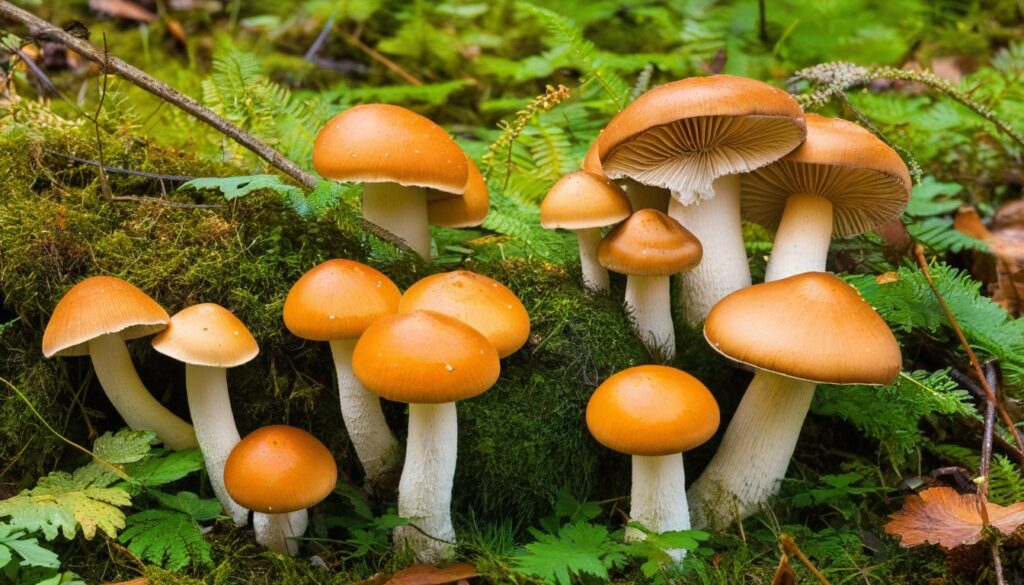Florida is home to a diverse range of edible mushrooms, but foraging for them requires vigilance and careful consideration. While mushroom foraging can be a fun and rewarding activity, it is important to prioritize safe foraging practices to avoid any potential harm.
In this guide, we will explore the different types of edible mushrooms found in Florida, how to identify them, where to find them, and the best ways to prepare them. We will also cover essential safety tips, legal considerations, and the potential health benefits of mushroom consumption.
Key Takeaways:
- Foraging for edible mushrooms in Florida requires knowledge, vigilance, and safe foraging practices.
- Identifying the types of mushrooms and distinguishing the toxic ones from the edibles is crucial.
- Understanding the legal considerations of mushroom foraging is essential to avoid legal troubles.
- The potential health benefits of edible mushrooms are noteworthy for people who prioritize their health and wellbeing.
- Preparing and cooking edible mushrooms requires understanding their unique flavors and characteristics to create delicious meals.
Types of Edible Mushrooms in Florida
If you’re interested in foraging for edible mushrooms in Florida, it’s important to become familiar with the types of mushrooms you may encounter. Below are some common edible mushrooms found in Florida with their characteristics and potential uses:
|
Mushroom |
Characteristics |
Potential Uses |
|---|---|---|
|
Chanterelles |
Bright yellow-orange with wavy caps and a fruity aroma. Often found in forests with oak or pine trees. |
Sautéed as a side dish, added to sauces or soups, used in risottos, or incorporated into omelettes. |
|
Oval to fan-shaped with a whitish-gray to brown color and a slightly sweet flavor. Grows in clusters on deciduous trees, such as oaks or willows. |
Sautéed, grilled, or added to stir-fries, soups, or stews. Can also be used as a meat substitute in vegetarian dishes. | |
|
Morels |
Honeycomb-like caps with a brownish color and a nutty flavor. Often found in forests with dead or dying trees. |
Sautéed with butter and herbs, added to soups or stews, or incorporated into pasta dishes. |
|
Boletes |
Large, fleshy mushrooms with a cap that ranges from reddish-brown to yellow. Typically found in forests with deciduous or pine trees. |
Sautéed, grilled, roasted, or used in soups or stews. Can also be dried and added to sauces or risottos. |
These are just a few examples of the many edible mushrooms that can be found in Florida. Remember, it’s crucial to correctly identify any mushrooms before consuming them to ensure they are safe to eat. In the next section, we’ll provide tips and techniques for identifying edible mushrooms in Florida.
Identifying Edible Mushrooms
Foraging for edible mushrooms in Florida can be a rewarding experience, but it’s essential to know how to distinguish between safe and poisonous varieties. Here are some tips and techniques to help you identify edible mushrooms in the wild:
Visual Cues
Pay attention to the color, shape, and texture of the mushroom. Edible mushrooms typically have a distinct, consistent appearance, whereas poisonous mushrooms can vary widely in these characteristics. Look for caps that are smooth and undamaged, with gills that are attached firmly to the stem.
Key Features
Some edible mushrooms have unique features that can help with identification. For example, the morel mushroom has a cone-shaped cap, while the chanterelle mushroom has a funnel-shaped cap with distinct ridges. Learn about the specific characteristics of the mushrooms you are interested in and look for those features in the wild.
Tip: If you’re unsure about the safety of a mushroom, it’s best to err on the side of caution and avoid it altogether. The consequences of consuming a poisonous mushroom can be severe and potentially life-threatening.
Overall, identifying edible mushrooms in Florida requires a combination of visual inspection, key features, and knowledge about the specific characteristics of each variety. With practice, you’ll become more confident in identifying safe and delicious mushrooms to enjoy.
What to Avoid: Poisonous Mushrooms in Florida
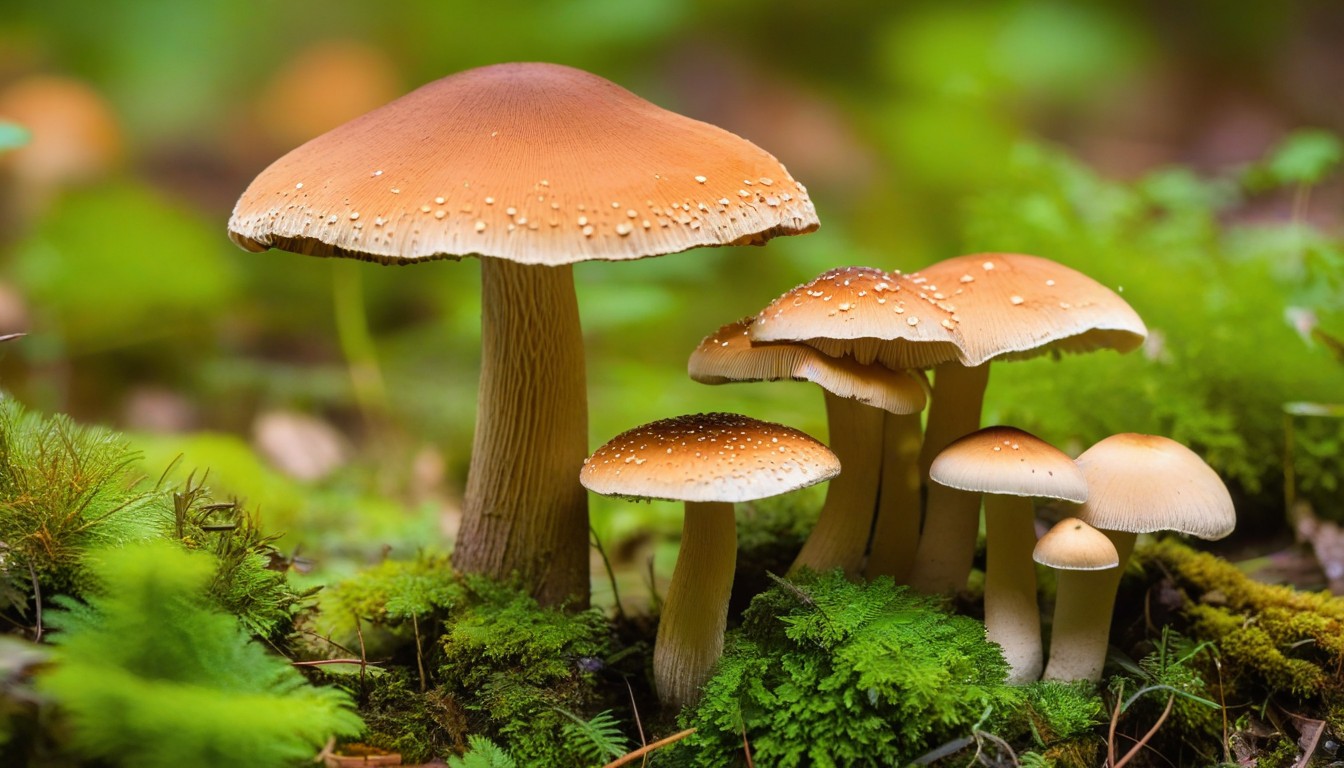
While foraging for edible mushrooms in Florida can be a rewarding experience, it’s essential to be aware of the poisonous varieties that can be harmful or even deadly if consumed. Here are some common poisonous mushrooms found in Florida that should be avoided:
|
Poisonous Mushroom |
Description |
|---|---|
|
Amanita phalloides |
Also known as the death cap, this mushroom is responsible for the majority of mushroom poison-related deaths worldwide. It has a greenish-yellow cap and white gills. |
|
Gyromitra esculenta |
Also known as false morel, this mushroom contains a toxin that can cause severe illness or even death. It has a wrinkled cap and a brain-like appearance. |
|
Chlorophyllum molybdites |
Also known as the green-spored parasol, this mushroom contains a toxin that can cause gastrointestinal distress. It has a greenish cap and white gills. |
When foraging, it’s always best to avoid mushrooms that you can’t positively identify as being edible. Remember to never eat a mushroom that has a bitter taste, emits a foul odor, or has a slimy or discolored appearance. Training with experienced foragers and having field guides or apps that can help with identification can greatly reduce the risk of accidental consumption of poisonous mushrooms.
Where to Find Edible Mushrooms in Florida
Foraging for edible mushrooms in Florida can be a fun and rewarding experience, and a great way to connect with nature. However, it’s important to know where to look to find the best specimens.
Some of the most common habitats for edible mushrooms in Florida include forests, wetlands, and grassy areas. Shaded and damp areas are particularly good for mushroom growth, so keep an eye out for these environments.
If you’re looking for specific mushroom varieties, here are some popular options and where you might find them:
|
Mushroom Variety |
Preferred Habitat |
|---|---|
|
Morel |
Deciduous forests, especially near ash, elm, and oak trees |
|
Chanterelle |
Damp, mossy areas in hardwood forests, especially near oak, beech, and hickory trees |
|
Shiitake |
Cultivated on logs or stumps made of oak, sweet gum, or maple wood |
|
Oyster |
Dead or dying hardwood trees, especially oak |
Keep in mind that mushroom growth patterns can vary depending on the time of year, weather conditions, and other factors. Be patient and persistent in your foraging efforts, and always exercise caution when consuming any wild mushroom. Happy hunting!
Foraging Tips and Techniques
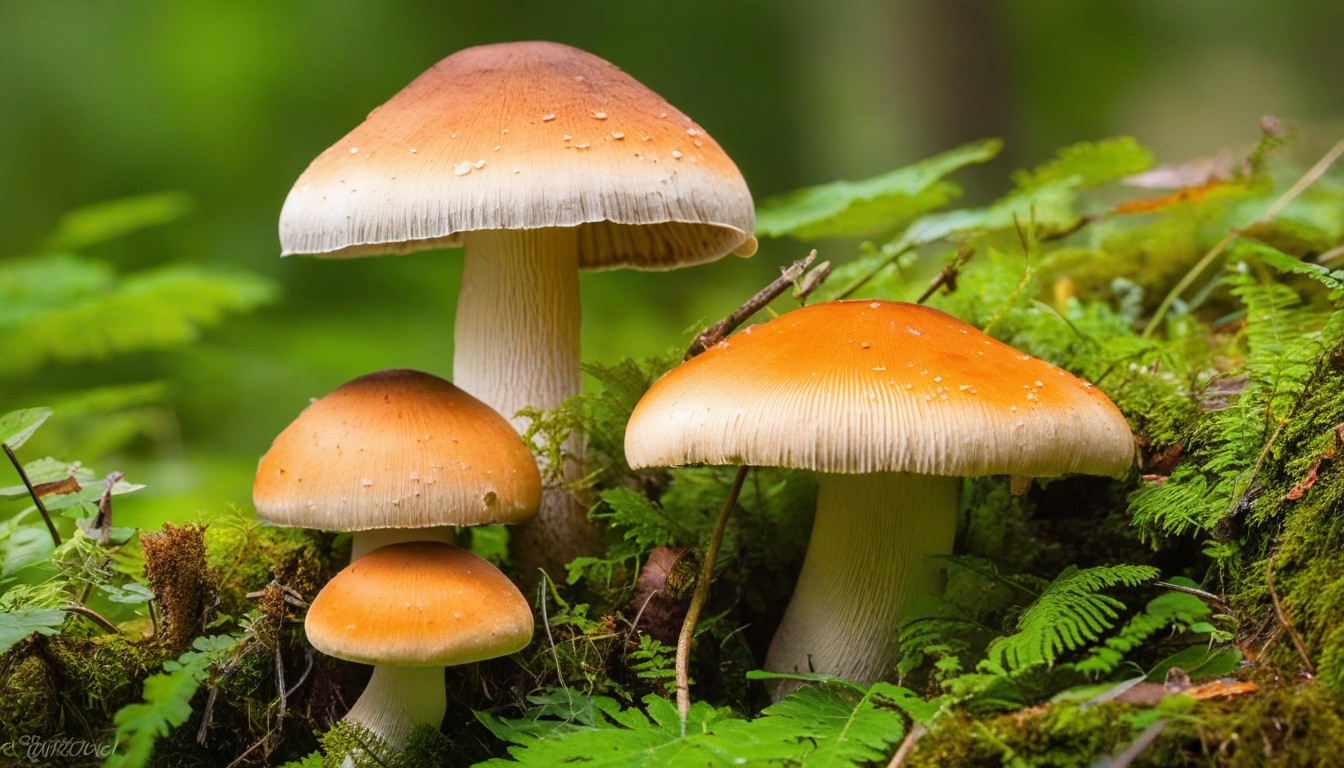
Foraging for edible mushrooms in Florida can be a fun and rewarding experience, but it’s important to do it safely and responsibly. Here are some practical tips and techniques to help you make the most of your foraging adventures:
Use the right tools
Bring the proper tools for mushroom hunting, including a basket or mesh bag to allow spore dispersal, a small knife for harvesting, and a field guide to help with identification.
Timing matters
Mushrooms are seasonal, so it’s important to know when and where to look for them. In Florida, the best time to forage for mushrooms is between late fall and early spring, after periods of rain when the soil is moist.
Respect the environment
When foraging for mushrooms, it’s important to tread lightly and leave no trace. Avoid damaging vegetation or disturbing wildlife, and only take what you need.
Know what you’re looking for
Take the time to research and become familiar with the edible mushrooms found in Florida, their unique characteristics, and potential lookalikes that may be poisonous.
Learn from others
Join a local mycological society or online community to connect with experienced foragers for advice and guidance. This can also be a great way to share knowledge and learn about interesting new finds.
With these tips and techniques, you’ll be well on your way to successful and safe mushroom foraging in Florida.
Cleaning and Preparing Edible Mushrooms
After a successful foraging trip, it’s essential to clean and prepare your edible mushrooms properly. This ensures food safety and maximizes the flavors in your dishes.
The first step is to gently brush off any dirt or debris with a soft-bristled brush or a cloth. Avoid washing the mushrooms under running water as they can absorb it and become waterlogged.
Next, inspect the mushrooms closely for any signs of decay or molds, and discard any that show such signs.
If your mushrooms are particularly dirty, use a damp cloth to gently wipe them, paying careful attention to the gills and crevices. Then, dry the mushrooms with a paper towel before cooking.
When preparing your mushrooms, trim off the stem and any tough parts before cooking. You can also slice or chop them depending on your recipe.
Food Safety Tips
It’s crucial to practice food safety when foraging and preparing edible mushrooms. Some tips to keep in mind include:
- Only harvest mushrooms that you can positively identify as edible.
- Never consume mushrooms raw.
- Cook your mushrooms thoroughly to ensure any potential bacteria or toxins are eliminated.
- Don’t mix different types of mushrooms in the same container unless you are sure they are all edible.
By following these cleaning and food safety tips, you can safely enjoy the delicious flavors of edible mushrooms while feeling confident in the safety of your food.
Cooking with Edible Mushrooms
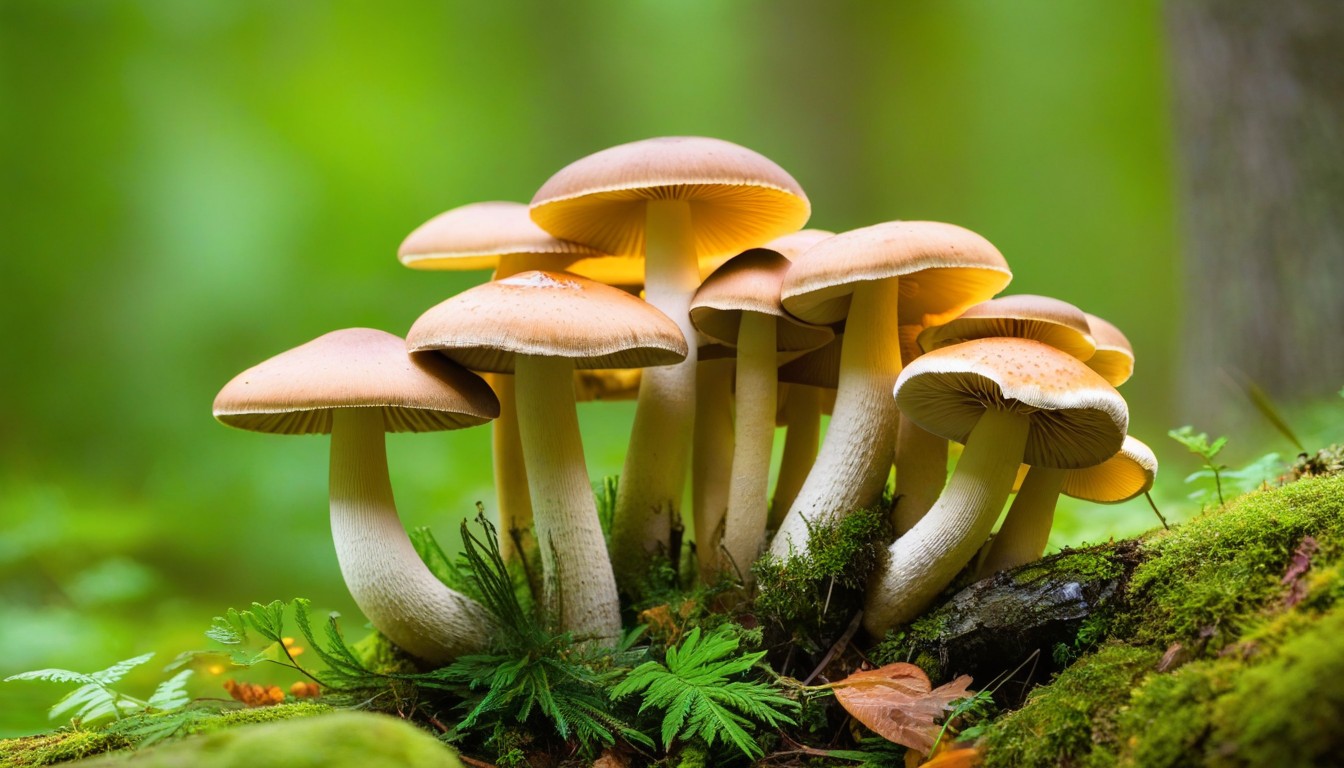
Edible mushrooms are a versatile ingredient that can add depth and complexity to many dishes. Whether sautéed, grilled, baked, or blended into soups, their umami flavor brings a unique and savory element to the plate.
If you’re looking for inspiration, try incorporating them into classic Florida recipes like mushroom fritters or sautéed mushrooms with seafood. Mushrooms also pair well with citrus flavors, so try adding them to your favorite orange or grapefruit salad recipe for a bold and refreshing twist.
To truly showcase the versatility of edible mushrooms in Florida, consider experimenting with different varieties, such as the meaty shiitake, delicate lobster mushroom, or nutty chanterelle. Each type of mushroom has its own distinct flavor and texture, making the possibilities truly endless.
|
Dish |
Ingredients |
Instructions |
|---|---|---|
|
Mushroom Fritters |
1 cup flour, 1/2 cup cornmeal, 1 tsp baking powder, salt, 1 egg, 3/4 cup milk, 2 cups chopped mushrooms, 1/2 cup chopped onion, 2 minced garlic cloves, oil for frying |
Mix the dry ingredients in a bowl. In a separate bowl, whisk together the egg and milk. Mix the wet ingredients with the dry ingredients and add the mushrooms, onion, and garlic. Heat the oil in a pan. Spoon the mixture into the hot oil and fry for around 2-3 minutes on each side. Remove and drain on a paper towel. Serve hot. |
|
Seafood and Mushroom Sauté |
1 lb seafood mix (shrimp, scallops, crab etc.), 2 cups sliced mushrooms, 1/2 cup diced onion, 2 minced garlic cloves, 1/4 cup white wine, 2 tbsp butter, 2 tbsp olive oil, salt, pepper |
Heat the oil and butter in a pan. Add the seafood and cook until done. Remove the seafood from the pan with a slotted spoon and set aside. Add the mushrooms, onion, and garlic to the same pan. Sauté until the mushrooms are tender. Deglaze the pan with white wine and cook until the liquid reduces by half. Return the seafood to the pan and cook until everything is heated through. Serve hot. |
Whether you’re a beginner or an experienced cook, cooking with mushrooms in Florida can take your recipes to the next level. Experiment, have fun, and enjoy the rich and savory flavors of edible mushrooms.
Legal Considerations for Mushroom Foraging
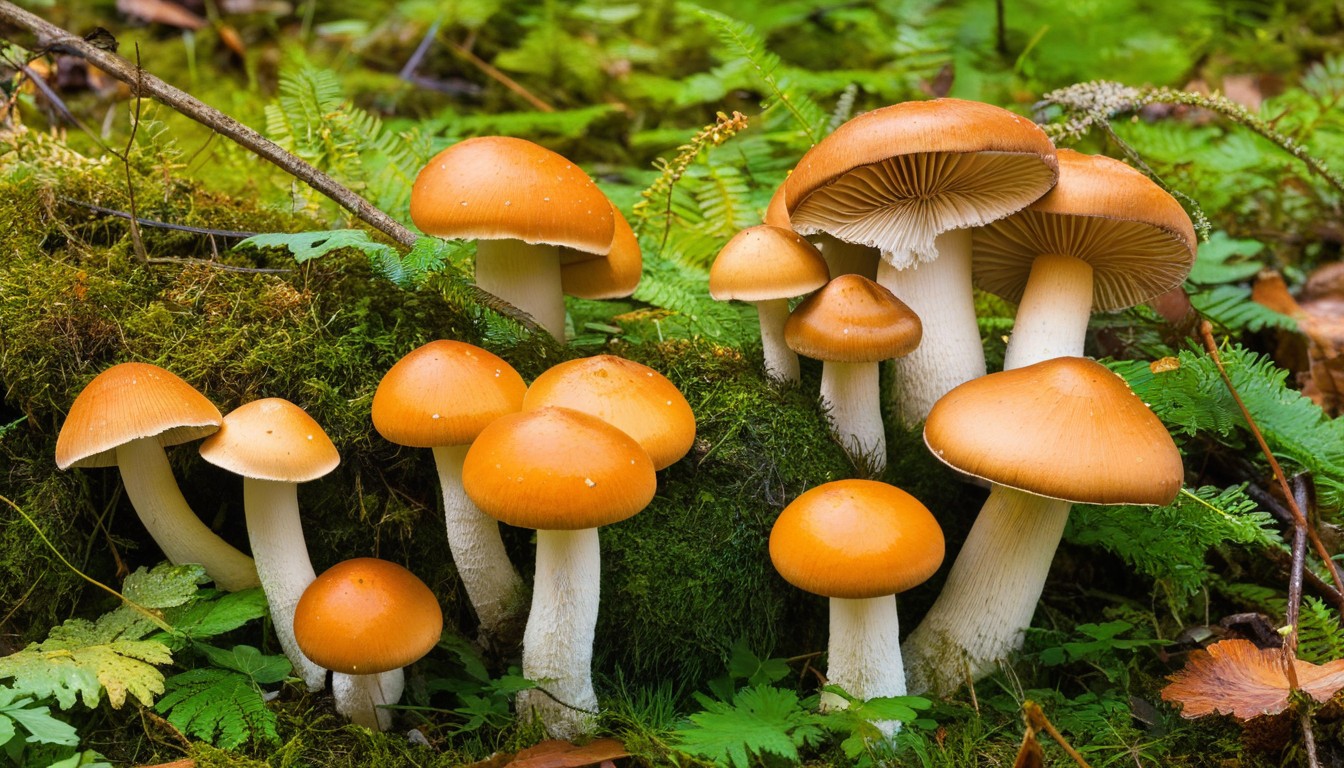
Before heading out to forage for edible mushrooms in Florida, it’s important to be aware of the legal considerations and regulations surrounding this activity. By following the rules and guidelines, you can ensure a safe and responsible foraging experience while protecting the environment and its inhabitants.
Permits and Regulations
In Florida, mushroom foraging falls under the state’s general rules for harvesting wild mushrooms. No license or permit is required to forage for personal consumption, but commercial mushroom harvesting is regulated and a permit may be necessary.
It’s important to be familiar with the specific rules and regulations governing mushroom foraging in the state of Florida. These can vary depending on the location and season, so be sure to do your research before heading out on your foraging trip.
Responsible Practices
As a forager, it’s your responsibility to practice ethical and sustainable mushroom harvesting techniques. This includes not disturbing the environment or damaging the natural habitat of the mushrooms, harvesting only what is needed, and leaving behind any untouched mushrooms for future foragers and wildlife.
Additionally, it’s important to properly identify and distinguish between edible and poisonous mushrooms to ensure the safety of yourself and others. Take the time to educate yourself on the visual cues and characteristics of different mushrooms, and seek the guidance of experienced foragers or trained professionals if necessary.
Health Benefits of Edible Mushrooms
Edible mushrooms are not only delicious but also offer numerous health benefits. They are low in calories, high in nutrients, and provide a unique combination of vitamins, minerals, and antioxidants that promote overall well-being.
Vitamins and Minerals
Some of the essential vitamins and minerals found in edible mushrooms include:
|
Vitamin/Mineral |
Function |
Sources |
|---|---|---|
|
Vitamin D |
Supports bone health and immune function |
Shiitake, chanterelle, maitake |
|
Iron |
Regulates oxygen transport and energy production |
Button, shiitake, oyster mushrooms |
|
Potassium |
Maintains fluid balance and muscle function |
Portobello, crimini, enoki mushrooms |
Antioxidants
Edible mushrooms are a rich source of antioxidants, which protect cells from damage caused by free radicals and inflammation. Some of the antioxidants found in mushrooms include:
- Ergothioneine
- Glutathione
- L-ergothioneine
Other Health Benefits
Consuming edible mushrooms has been linked to several other health benefits, including:
- Reduced risk of cardiovascular disease
- Improved brain function and memory
- Boosted immune system function
Incorporating edible mushrooms into your diet can help you reap these health benefits and add a delicious touch to your meals!
Conclusion
Foraging for edible mushrooms in Florida can be a fun and rewarding experience when done safely and responsibly. By following the tips and techniques outlined in this guide, you can confidently identify and collect a variety of delicious mushrooms while avoiding any potential hazards. Remember to always respect the environment and follow regulations set forth by the state to ensure the longevity of this unique pastime.
FAQ
Are all mushrooms in Florida safe to eat?
No, not all mushrooms in Florida are safe to eat. There are many poisonous mushrooms that can cause serious illness or even death if consumed. It is important to accurately identify edible mushrooms and avoid toxic ones.
How can I identify edible mushrooms in Florida?
To identify edible mushrooms in Florida, look for certain visual cues such as color, shape, and texture. It is also essential to become familiar with the key features of edible mushrooms and compare them to reliable identification resources.
Where can I find edible mushrooms in Florida?
Edible mushrooms can be found in various habitats in Florida such as forests, parks, and even private properties with permission. Look for areas with moist soil, fallen leaves, and decaying organic matter, as these are ideal conditions for mushroom growth.
Are there any legal considerations for mushroom foraging in Florida?
Yes, there are legal considerations for mushroom foraging in Florida. It is important to familiarize yourself with the state’s regulations, obtain any necessary permits, and practice responsible foraging techniques to preserve the ecosystem.
What are the health benefits of consuming edible mushrooms?
Edible mushrooms are not only delicious but also offer numerous health benefits. They are rich in essential nutrients, antioxidants, and bioactive compounds that support immune function, promote heart health, and have anti-inflammatory properties.

